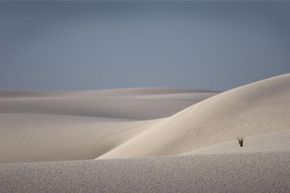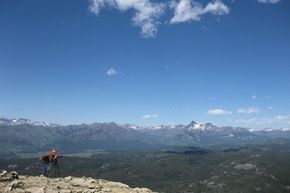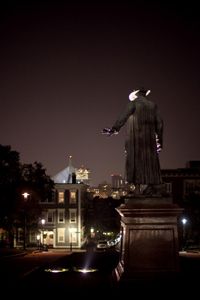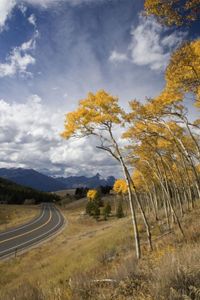Let's face it -- just about anyone can take a nice picture of the Great Sphinx of Giza. And on a clear, blue-sky day, Mt. Everest, lined with brightly dressed climbers, is a magnificent but easy target for everyone who happens to be carrying a camera.
Yet there's a gaping chasm between competent travel photography and truly great travel pictures that seize your attention and sear themselves into your memory for years to come. Understanding the difference can make or break the pictures you capture while you're on the road.
Advertisement
We'll cut straight to the jugular here. A great travel picture -- like any great picture -- tells a story. It connects your audience to the scene in your composition. It engages a viewer's imagination, stops them for a moment and has a magnetic pull that draws their eyes.
So before you even touch the shutter button, consider the tale that you're trying to tell. Is this story about a person, a place or a thing? Or is it a magical combination of all three, delicately balanced with precise composition and exquisite lighting?
Like a timeless, catchy pop song, a strong image has a hook that grabs a person and makes him want to understand more about what's happening in this work of art. To that end, you want your visual creation to be less like "Who Let the Dogs Out" and more like "All Along the Watchtower."
Your quest to make an enduring, chart-topping image won't be an easy one. The highway to photography greatness is littered with the roadkill of thousands of clichéd and trite images captured by well-intentioned but misguided photo bugs. Keep reading, and we'll open your eyes to what makes a really great travel picture.
Advertisement






